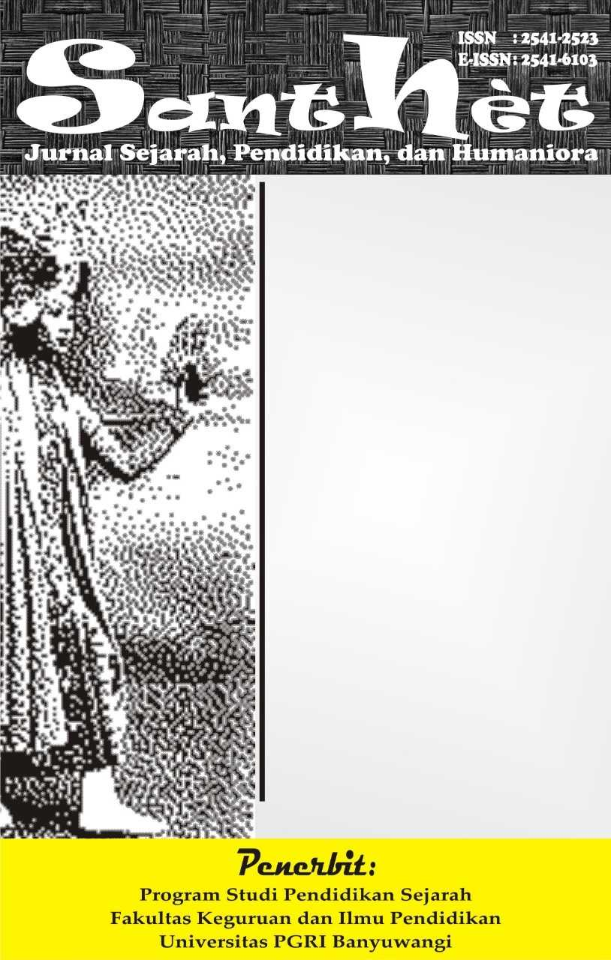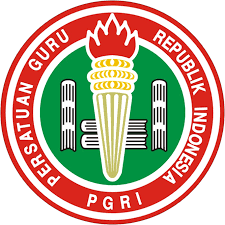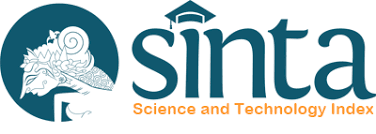TRANSLATION STRATEGIES OF INFORMAL ENGLISH EXPRESSIONS ON SOCIAL MEDIA X
Strategi Penerjemahan Ekspresi Bahasa Inggris Informal di Media Sosial X
DOI:
https://doi.org/10.36526/santhet.v9i4.5622Keywords:
Informal Expression, Slang, Abbreviations, Memes, Translation StrategiesAbstract
This study examines the translation strategies applied to informal English expressions, slang, abbreviations, and memes found on the social media platform X (formerly Twitter), focusing on how these context-dependent expressions are translated into Indonesian. The rise of informal language on digital platforms presents challenges for translators due to its dynamic, highly creative, and non-standardized nature. This study aims to identify and categorize the types of informal English expressions and analyze the translation strategies used using Peter Newmark’s frameworks while preserving the meanings and relevances. Using a descriptive qualitative method, the data consists of 21 posts from 3 accounts on X, selected purposively to represent various informal expressions. Each post was translated using DeepL and retranslated manually by the researcher, then analyzed to determine the dominant translation method and translation procedures applied. The findings show that Idiomatic Translation was the most dominant method, while the most frequently used procedures were Modulation, Descriptive Equivalent, and Transference. This study proposes new insights into translating informal digital discourse, especially for slang, abbreviations, and memes on social media, emphasizing that context-sensitive and real-time evolving language used in everyday online interaction is essential for professional translation practice.References
Awadh, A. N., & Shafiull, K. A. (2020). Challenges of translating neologisms comparative study: Human and machine translation. Journal of Language and Linguistic Studies, 16(4), 1987-2002. doi:https://doi.org/10.17263/jlls.851030
Baurecht, M. (2020). The categorisation of internet memes–A different approach. Colloquium: New Philologies, 5, hal. 135-152. doi:https://doi.org/10.23963/cnp.2020.5.1.7
Cambedda, G., Di Nunzio, G. M., & Nosilia, V. (2021). A study on automatic machine translation tools: A comparative error analysis between deepl and yandex for russian-italian medical translation. Umanistica Digitale, 10, 139-163. doi:https://doi.org/10.6092/issn.2532-8816/12631
Coleman, J. (2012). The Life of Slang. New York: Oxford University Press Inc.
Creswell. (2014). Research Design: Qualitative, Quantitative, and Mixed Methods Approaches (4 ed.).
Crystal, D. (2008). A Dictionary of Linguistics and Phonetics (6 ed.). Blackwell Publishing.
Dawkins, R. (1989). The Selfish Gene. New York: Oxford University Press.
Eble, C. (1996). Slang & Sociability. Chapel Hill and London: The University of North Carolina Press.
Fachrezi, R. A., & Mahadian, A. B. (2022). Analisis Konten Meme Shin-Sang Sebagai Bahasa Global. TANRA: Jurnal Desain Komunikasi Visual Fakultas Seni Dan Desain Universitas Negeri Makassar, 9(3), 215-227.
Halimah. (2018). Comparison of Human Translation with Google Translation of Imperative Sentences in Procedures Text. BAHTERA: Jurnal Pendidikan Bahasa Dan Sastra, 17(1), 11-29.
Johannesson, E. (2022). Informal Language Online-A Danger to Students' Formal Language Awareness?: A Quantitative Study on Informal Language Online and Upper Secondary Students’ Awareness of Informal and Formal Language Features in Relation to Extramural. Karlstads University.
Kadhim, W. A., Mahdi, G. S., & Maktoof, Z. R. (2022). Acronyms and Abbreviations in the Language of social media. Zien Journal of Social Sciences and Humanities, 15, 51-57.
Larson, M. L. (1998). Meaning-Based Translation (2 ed.). University Press of America.
Lassen, J. M. (2025). Screenshots as data and documentation. Journalistica, 19(6), 1-6. doi:doi.org/10.7146/journalistica.v19i1.152426
Miles, M. B., & Huberman, A. M. (2014). Qualitative data analysis: A methods sourcebooks (3 ed.). Arizona State University.
Newmark, P. (1988). A Textbook of Translation. Pearson Education Ltd.
Nugraheni, Y. M., & Sutrisno, A. (2024). DeepL VS. ChatGPT: MACHINE TRANSLATION EVALUATION. Prologue: Journal on Language and Literature, 10(2), 411-426. doi:https://doi.org/10.36277/jurnalprologue.v10i2.174
O'reilly, & Battelle. (2009). Web Squared: Web 2.0 Five Years On.
Puspitasari, I. M. (2024). Investigating Netspeak Applied in Youth Interaction in X Base Account: Word Formation Analysis. Language Horizon, 12(1), 26-37. doi:https://doi.org/10.26740/lh.v12n1.p26-37
Reber, U. (2019). Overcoming language barriers: Assessing the potential of machine translation and topic modeling for the comparative analysis of multilingual text corpora. Communication methods and measures, 13(2), 102-125. doi:https://doi.org/10.1080/19312458.2018.1555798
Герцовська, Н. О., Hertsovska, N., & Леушина, О. Е. (2016). Slang of teenagers in social networks. Науковий вісник Мукачівського державного університету, 138-143.





























